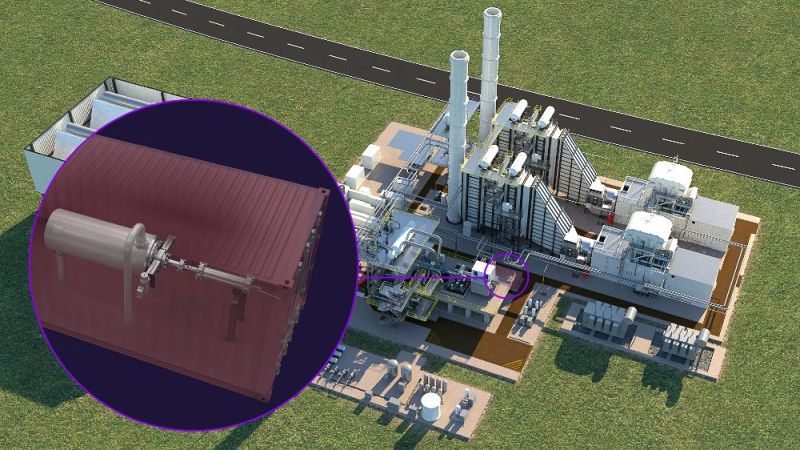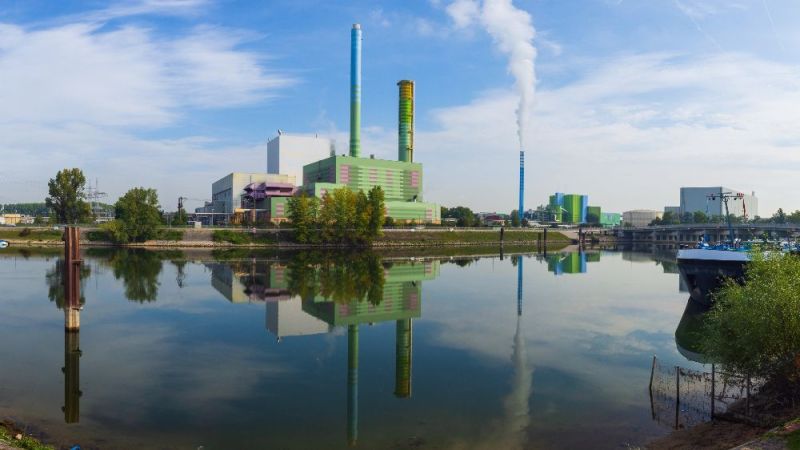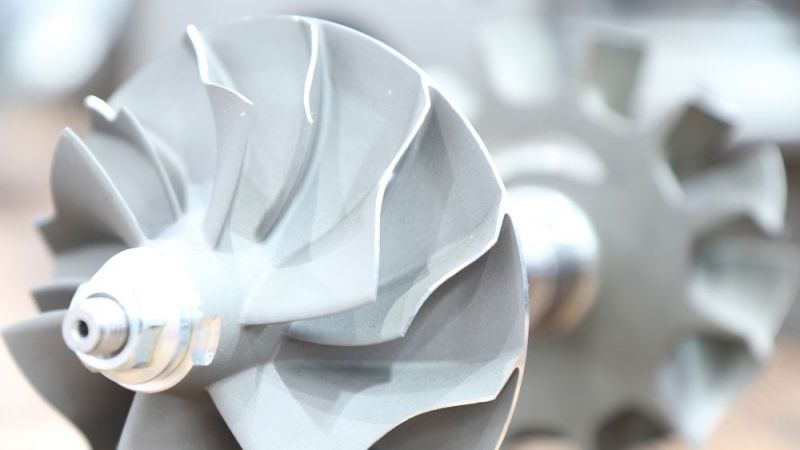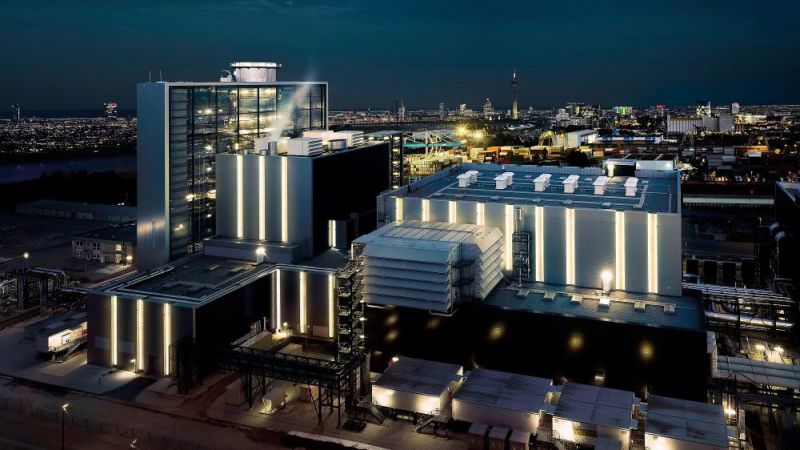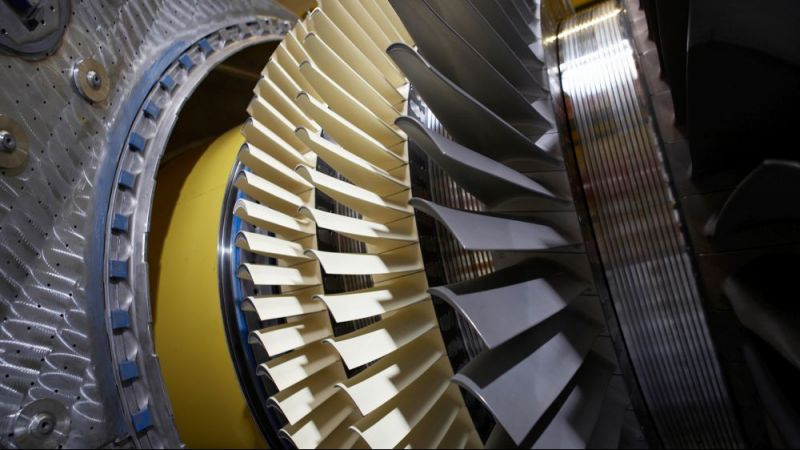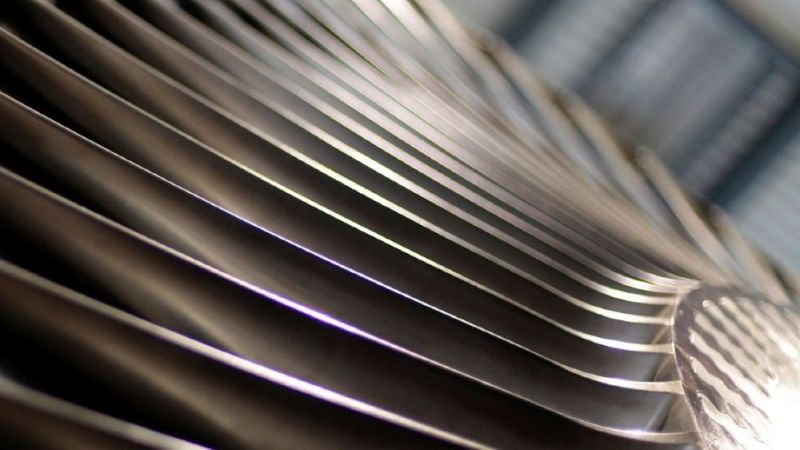Solar thermal power plants
New CSP-ERANET project launched
International research partnerships are working on increasing the efficiency of solar thermal power plants and reducing costs at the same time.
They use sunshine to generate power: Solar thermal power plants are an environmentally friendly technology for generating energy in sunny regions of the world. But the need for research remains considerable. The goal: The plants are to become even more efficient and robust whilst at the same time lowering operating costs. CSP-ERANET therefore bundles the research activities of science teams from eleven EU member states and regions as well as associated countries. Six new research projects have been launched following the successful first ERANET Joint Call, including four partnerships with German participation.
EuroPaTMos research partnership conducts research on salt as a heat transfer medium
Using molten salt as a heat transfer medium in parabolic trough systems is an attractive technical alternative to the previously widely used thermal oil. The advantages of using liquid salt are the comparatively lower procurement costs and the higher temperature to which the salt can be heated. This in turn enables a higher efficiency of the plant. However, further research is needed to successfully place the molten salts on the market. This is where the EuroPaTMoS consortium comes in as an international research partnership. German participants include the German Aerospace Center (DLR) and the company TSK Flagsol Engineering.
The international research team has two large-scale solar test facilities and several laboratories, allowing scientists to work on specific questions at several locations simultaneously. For example, they research the best operating and maintenance methods. In addition to real experiments in which, for example, components such as innovative receiver tubes are tested, they simulate operational processes with real-time data such as weather patterns in a virtual solar field model. This is coupled with a real collector loop ("hardware-in-the-loop"), which allows different operating scenarios to be analysed and optimised more quickly.
Newcline develops single-tank concept for high-temperature storage tanks
The CSP-ERANET joint project Newcline is pursuing a new storage concept. Storage tanks in solar thermal power plants serve as a kind of energy store when there is no direct demand for power. This makes it possible to use solar energy as an energy supplier around the clock. So-called high-temperature storage tanks are filled with molten liquid salts that store the heat. They are a proven technique that can be used in many ways. Originally developed for solar thermal power plants, high-temperature storage tanks can for instance also be used in conventional power plants in the future. In so-called thermal storage power plants, for example, power could also be stored in large quantities in Germany to enable the further expansion of fluctuating renewable energy sources.
In practice, high-temperature storage tanks with two tanks are currently used, both of which are alternately filled with liquid salt. The science team of the international research partnership Newcline, in contrast, is developing an innovative single-tank storage concept in which the hot and cold liquid salt is stored together in one tank. This not only saves the costs for the second tank, but also allows salt costs to be reduced and more cost-effective pumps to be used.
The international research partnership wants to investigate alternative ceramic-based fillers to replace a larger amount of salt in the single-tank systems. The single-tank storage concept is being thermally tested in the TE-SIS:store plant of the German Aerospace Center (DLR) on a scale of 4 MWh. In addition to DLR, the German company Kraftblock is also involved.
SET-Plan as the basis of the CSP-ERANET
CSP-ERANET contributes to achieving the goals of the European Strategic Energy Technology Plan (SET-Plan) through research and innovation programmes. With the SET-Plan adopted in 2008, the European Union is pursuing a funding strategy to make low-carbon energy technologies competitive in the near future.


